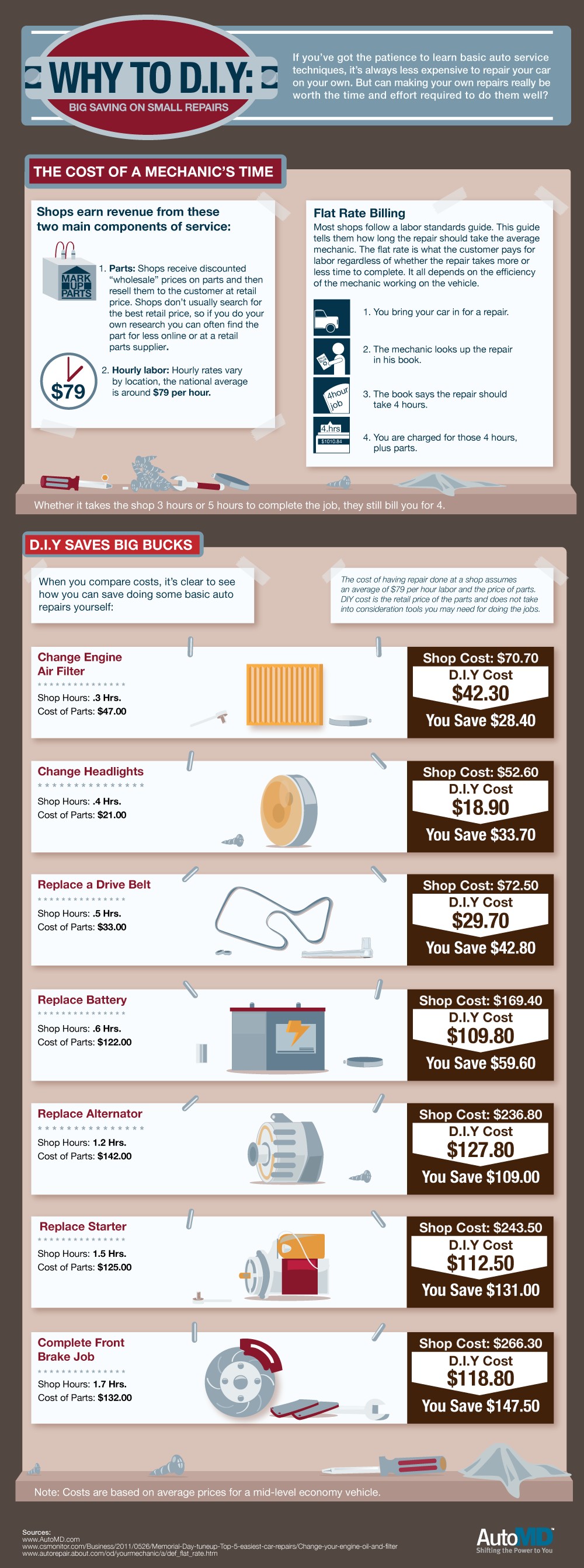Understanding Your Auto'S Caution Lights: What Do They Really Mean?
Understanding Your Auto'S Caution Lights: What Do They Really Mean?
Blog Article
Written By-Higgins Forbes
When you're behind the wheel, those glowing caution lights on your dashboard can be a little bit complicated. Do you understand what they're attempting to tell you about your auto's health and wellness? Comprehending https://brake-places-near-me18395.bloggactif.com/32199452/personal-trip-renewing-my-old-vehicle-with-a-weekend-break-describing-project of these lights is essential for your security and the durability of your automobile. So, the next time one of those lights turns up, would not you wish to understand its message accurately and take the essential steps to resolve it?
Common Warning Lighting and Interpretations
Identify typical caution lights in your auto and recognize their meanings to make sure risk-free driving.
One of the most common caution lights consist of the check engine light, which signals issues with the engine or discharges system. If https://www.ratchetandwrench.com/articles/12549-fisher-auto-parts-acquires-lacava-and-sowersby comes on, it's vital to have your automobile examined promptly.
The oil pressure advising light shows reduced oil pressure, calling for prompt interest to avoid engine damages.
https://oil-change-near-me06172.blogoxo.com/31346733/discover-the-revolutionary-trends-that-are-redefining-the-future-of-car-repair-service-including-the-increase-of-electric-cars-and-the-combination-of-artificial-intelligence flashing battery light could suggest a malfunctioning billing system, possibly leaving you stranded if not resolved.
The tire pressure surveillance system (TPMS) light informs you to low tire stress, impacting lorry security and fuel effectiveness. Overlooking this could result in hazardous driving conditions.
The abdominal light indicates an issue with the anti-lock braking system, compromising your capability to quit promptly in emergencies.
Lastly, the coolant temperature alerting light warns of engine overheating, which can lead to serious damages if not solved quickly.
Understanding these common warning lights will certainly aid you deal with problems without delay and maintain risk-free driving conditions.
Significance of Prompt Interest
Recognizing the typical caution lights in your auto is only the initial step; the significance of quickly attending to these warnings can't be stressed enough to ensure your safety and security when traveling.
When a warning light illuminates on your dashboard, it's your auto's way of communicating a prospective concern that needs focus. Disregarding these cautions can bring about more severe problems in the future, endangering your security and possibly costing you much more in repairs.
Motivate focus to warning lights can prevent breakdowns and crashes. As an example, a flashing check engine light might suggest a misfire that, if left unattended, might trigger damage to the catalytic converter. Addressing this promptly can save you from a costly repair work.
In a similar way, a brake system cautioning light may indicate low brake liquid or worn brake pads, vital parts for your safety when driving.
Do It Yourself Troubleshooting Tips
If you notice a caution light on your dashboard, there are a few do it yourself troubleshooting pointers you can try before looking for specialist aid.
The initial step is to consult your automobile's guidebook to recognize what the certain warning light shows. In some cases the concern can be as basic as a loosened gas cap causing the check engine light. Tightening up look at this web-site may deal with the problem.
One more common concern is a low battery, which can activate numerous cautioning lights. Inspecting the battery links for corrosion and ensuring they're safe might repair the trouble.
If a caution light persists, you can attempt resetting it by separating the automobile's battery for a couple of minutes and after that reconnecting it. Additionally, examining your lorry's liquid levels, such as oil, coolant, and brake liquid, can help fix cautioning lights related to these systems.
Conclusion
To conclude, recognizing your vehicle's caution lights is crucial for keeping your automobile running efficiently and securely. By without delay resolving these alerts and recognizing what they mean, you can stay clear of pricey fixings and possible malfunctions.
Keep in mind to consult your car's guidebook for particular information on each warning light and do something about it accordingly to guarantee a trouble-free driving experience.
Stay notified, remain safe when driving!
